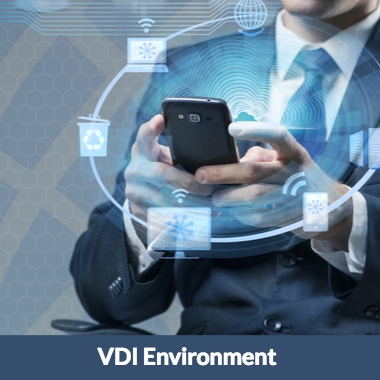What is a Cloud Service Provider?
A cloud service provider is a third-party company that offers a cloud-based platform, infrastructure, software, or storage services. Firms usually must pay only for...
4 Major Benefits of Desktop Virtualization
Benefits of desktop virtualization- When people talk about the benefits of Virtual Desktop Infrastructure or VDI, it’s usually in the context of large...
Hyper-converged storage is becoming more popular in the data center infrastructure segment. It is a centralized architecture that combines storage, network, computing, and virtualization resources into a single...
Desktop as a Service, or DaaS, is a method of providing employees with a comprehensive virtual desktop solution via a hosted cloud environment. A third-party provider usually hosts and maintains it. DaaS is a model of virtual desktop...
Converged infrastructure is a way of structuring an IT system that combines various components into a single optimized computing unit. It minimizes hardware compatibility issues while lowering the response time between the...
Hyper-converged infrastructure (HCI) combines computing, storage, and networking into a single system, reducing datacenter complexity while increasing scalability. HCI platforms include a hypervisor for...
Many businesses currently use Microsoft‘s cloud products, solutions, and services in their IT environments. The cloud is built on Microsoft and its licensed partners’ hardware and software in huge data processing...
What Is Awingu?
Awingu is a solution that aggregates applications (even legacy applications), desktops, and files hosted on servers and then delivers them to various devices, including PCs,...







